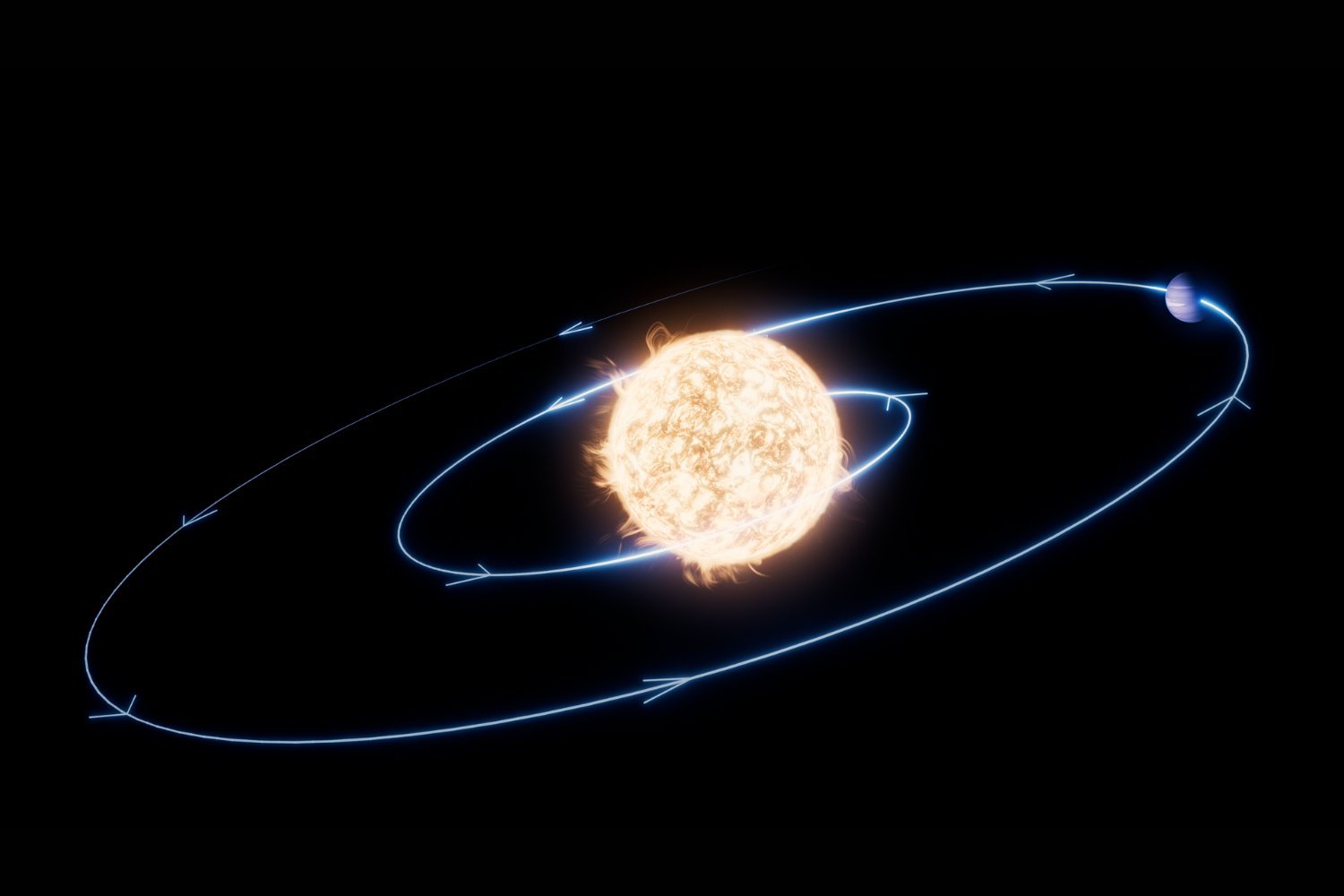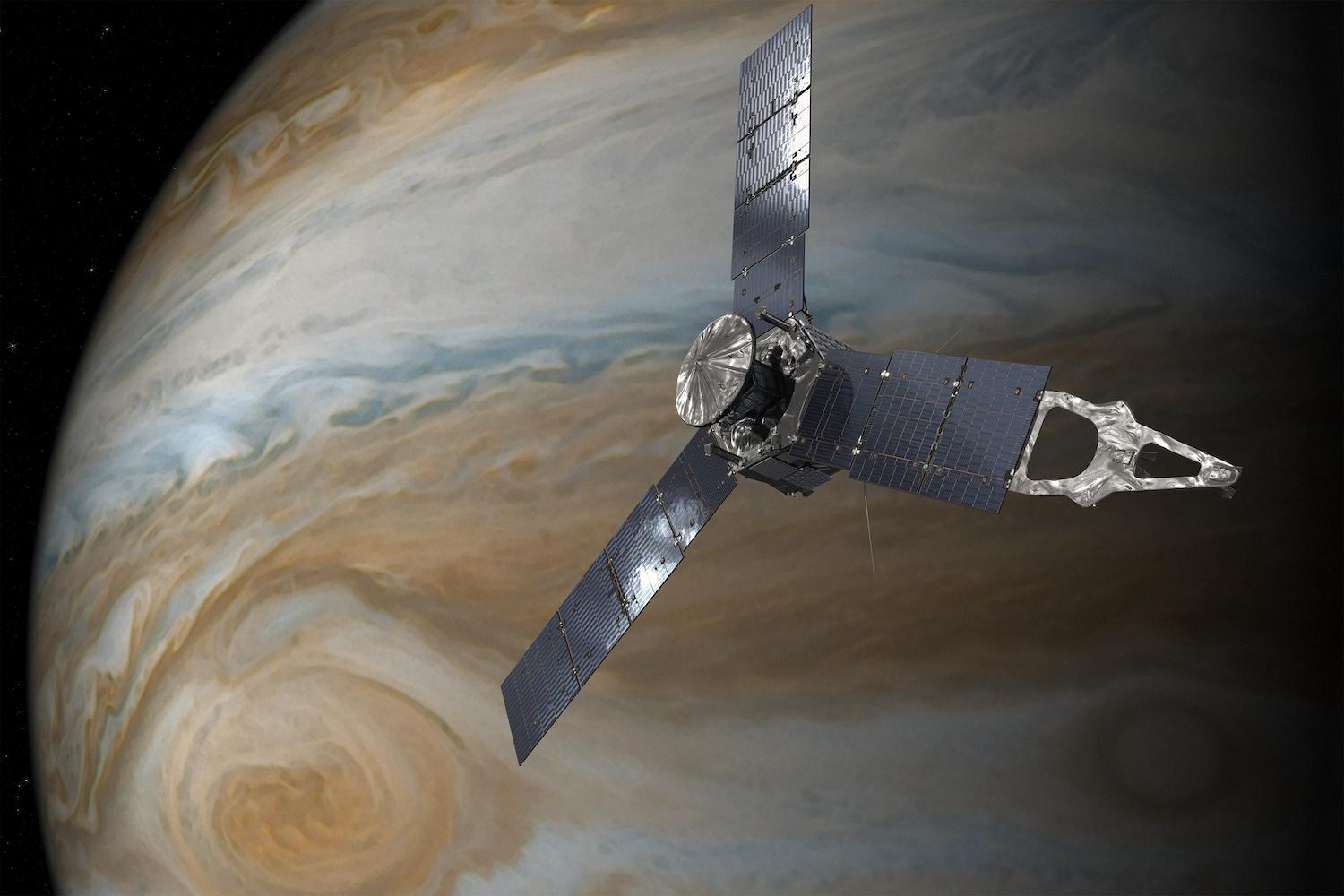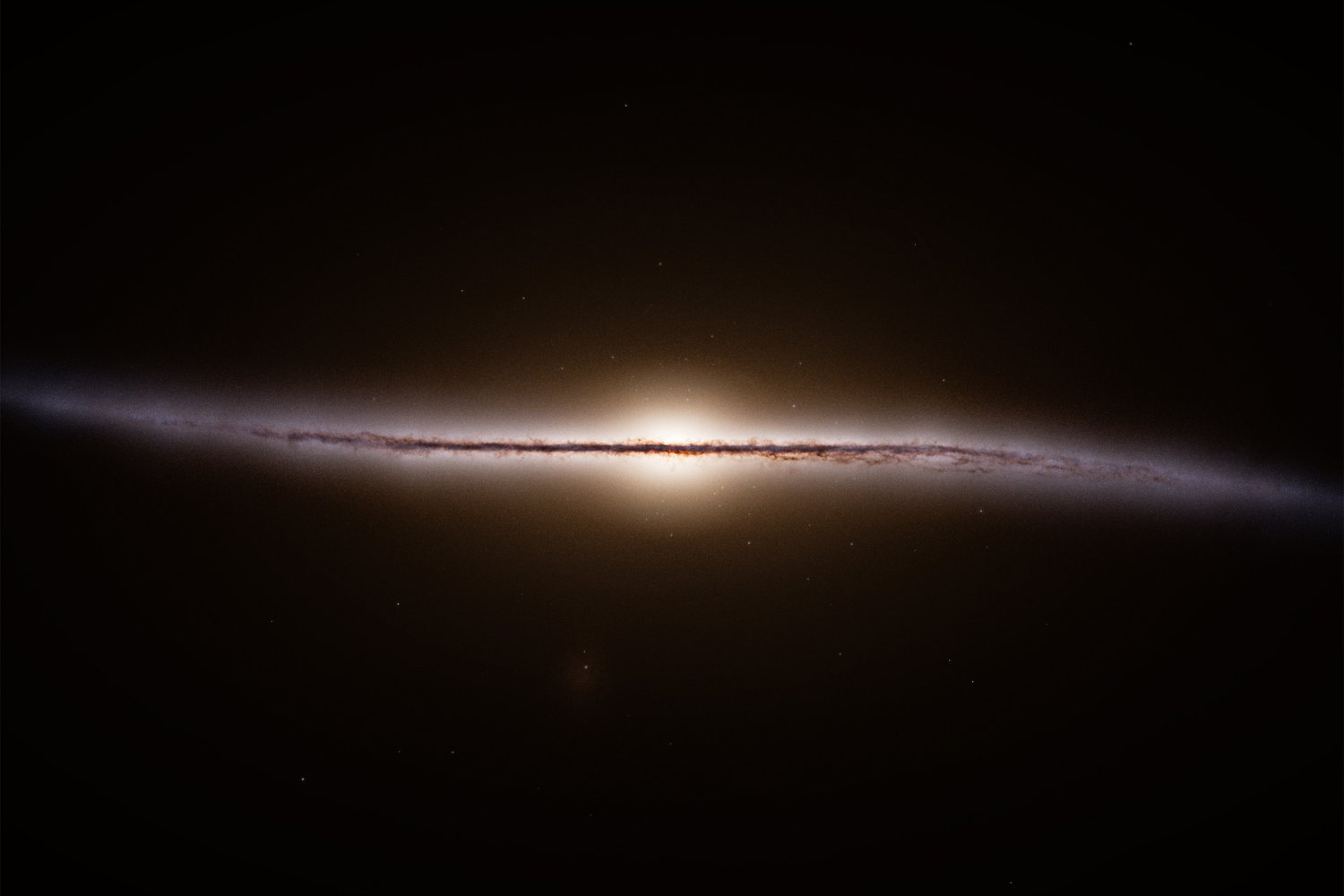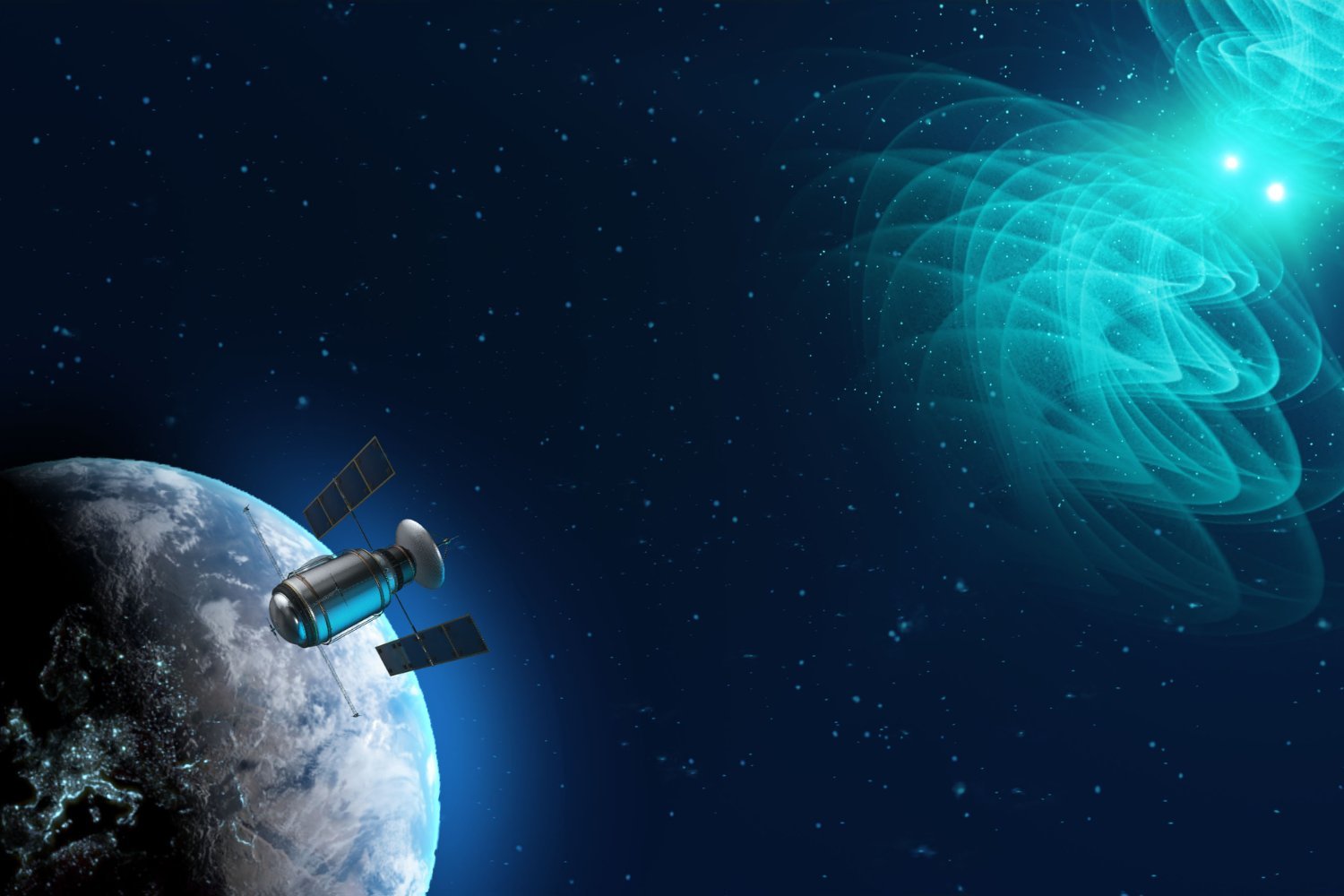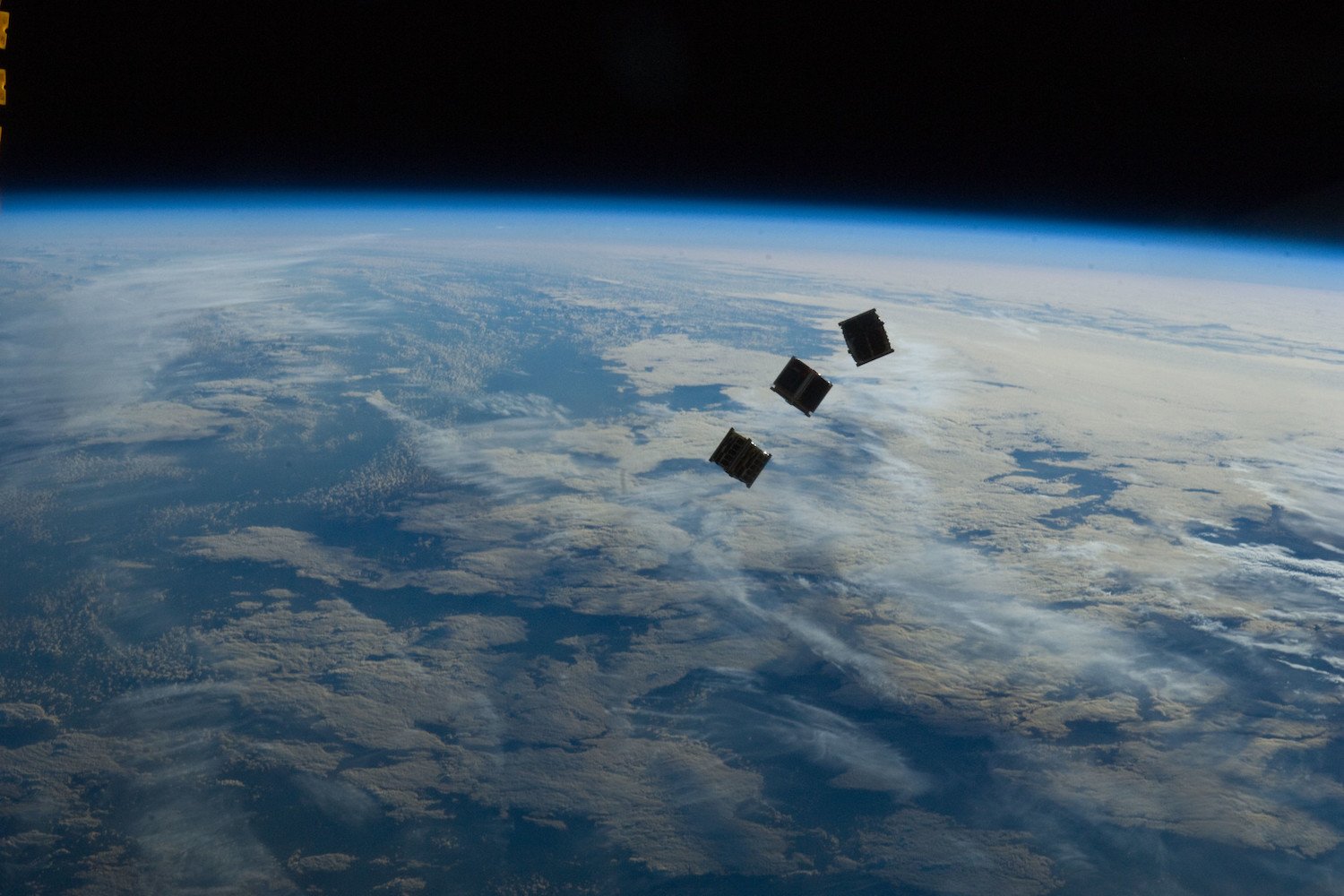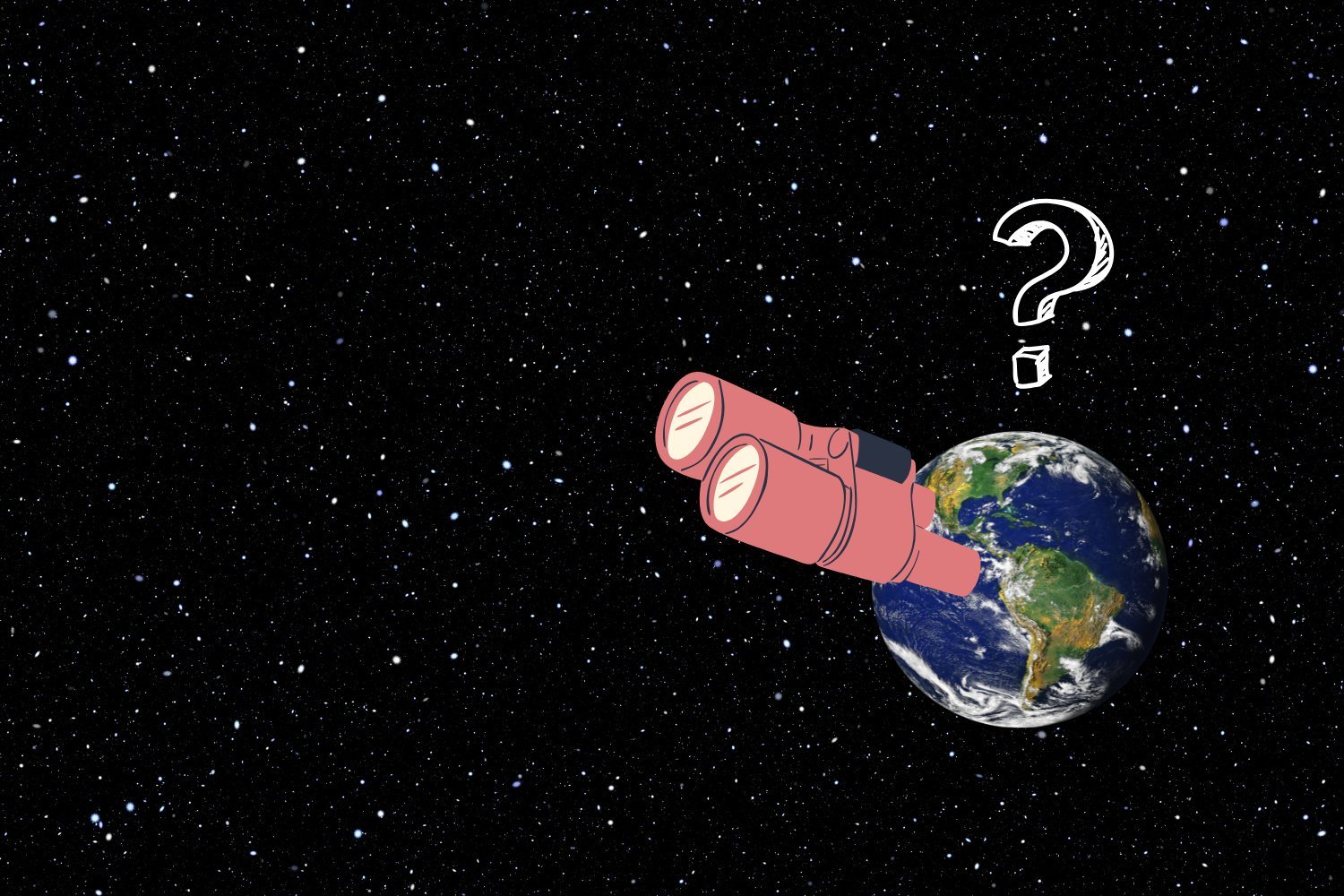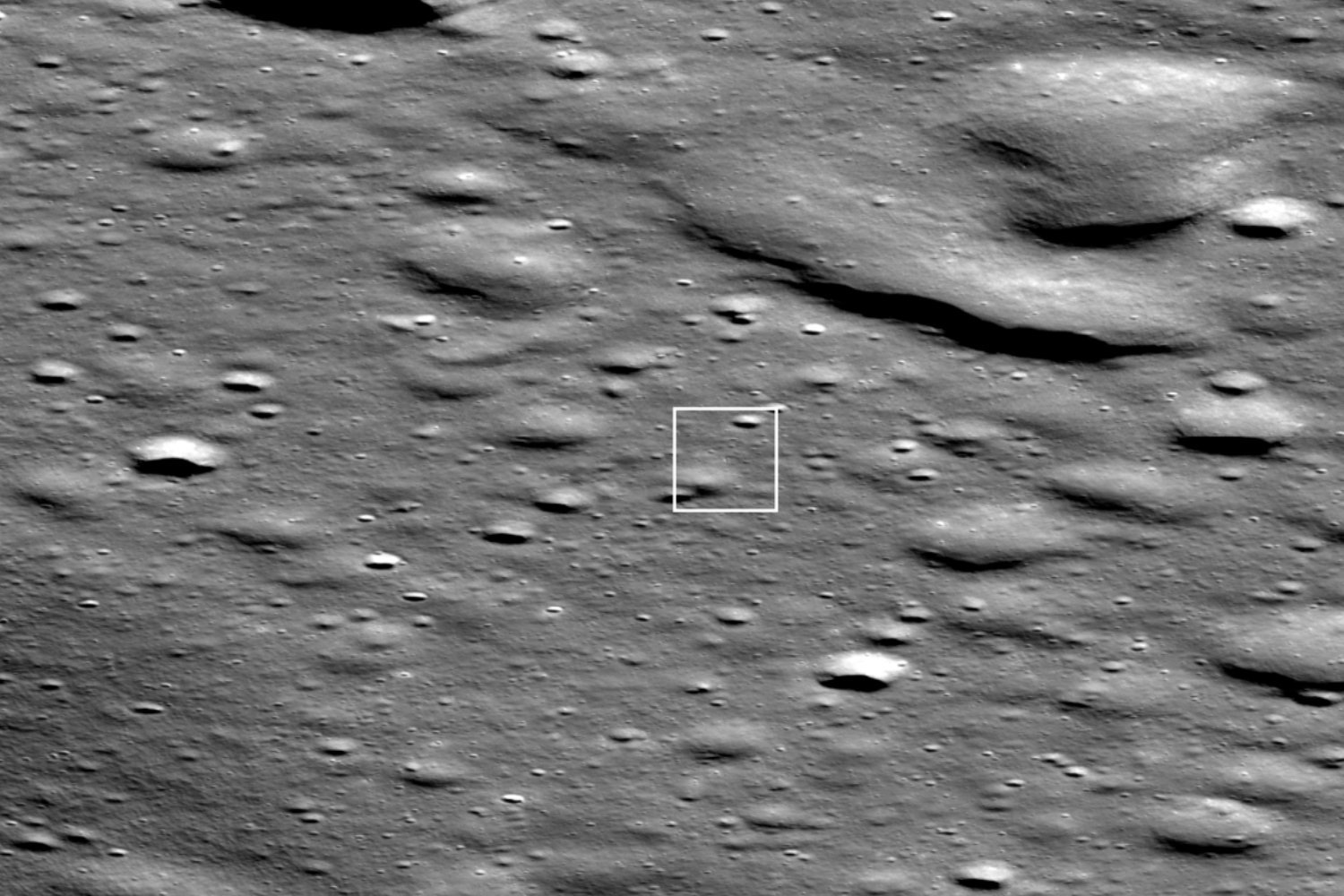Black holes, often depicted as cosmic abysses of oblivion, might not be the end of the story after all. Einstein’s Theory of General Relativity posits that anything falling into a black hole would be crushed by the immense gravity at its singularity—an infinitely dense point where space and time cease to exist. However, new research suggests a different, more intriguing possibility: a transition from a black hole singularity to a white hole, a theoretical cosmic entity that spews matter and energy back into the universe.
Quantum mechanics, when applied to a theoretical black hole model, offers a potential explanation for this transition. A recent study published in Physical Review Letters explores this concept. Steffen Gielen, a researcher from the University of Sheffield, and Lucía Menéndez-Pidal, a mathematician from Complutense University of Madrid, investigated quantum mechanics within the context of a simplified, two-dimensional black hole model. Their findings suggest that instead of a singularity, strong quantum fluctuations—tiny, temporary changes in the energy of space—could facilitate a transition to a white hole. While the model is simplified, the researchers believe their findings could apply to real-world, three-dimensional black holes.
This transition could potentially allow matter and time to emerge from the other side of a black hole, effectively turning it into a portal of sorts. “Hypothetically, an observer could go through the black hole, through what we think of as a singularity, and emerge on the other side of the white hole,” explains Gielen. “It’s a highly abstract notion, but theoretically possible.” This concept aligns with the principle in quantum mechanics that time, as we understand it, cannot end, as systems perpetually change and evolve.
The research also proposes a fascinating link between time and dark energy, the mysterious force driving the universe’s accelerated expansion. Gielen suggests that “time is measured by the dark energy that is everywhere in the universe. This is the pivotal new idea that allows us to grasp the phenomena occurring within a black hole.” This implies that time, often considered relative to the observer, may be intrinsically linked to the very fabric of the cosmos.
So, what would happen if you fell into a black hole? The classical view predicts utter annihilation. However, this new research offers a tantalizing alternative: a journey through a quantum bridge, emerging on the other side of a white hole, a cosmic beginning. This research challenges our understanding of black holes and potentially revolutionizes our perception of the universe itself.
In conclusion, while the true nature of black holes remains shrouded in mystery, this research opens up exciting new avenues for exploration. The possibility of a transition from black hole to white hole, driven by quantum fluctuations and linked to dark energy, presents a paradigm shift in our cosmological understanding. Instead of endpoints, black holes might be gateways, marking not the end of time and matter, but perhaps a new beginning.




